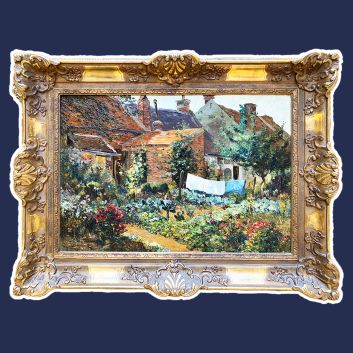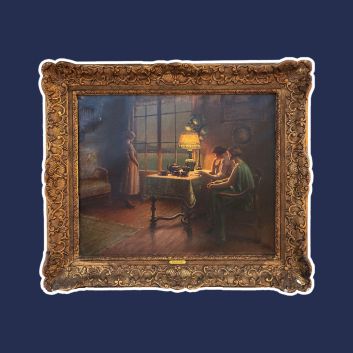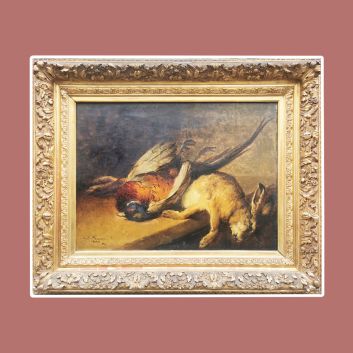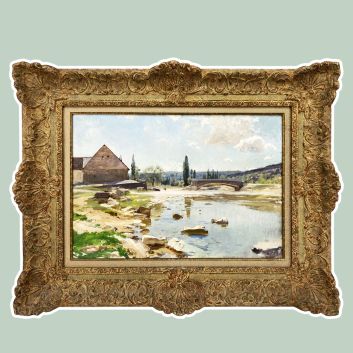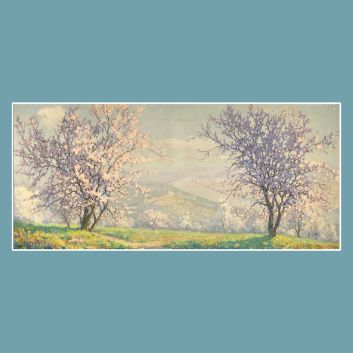Rating and value of works, paintings, drawings by John Constable
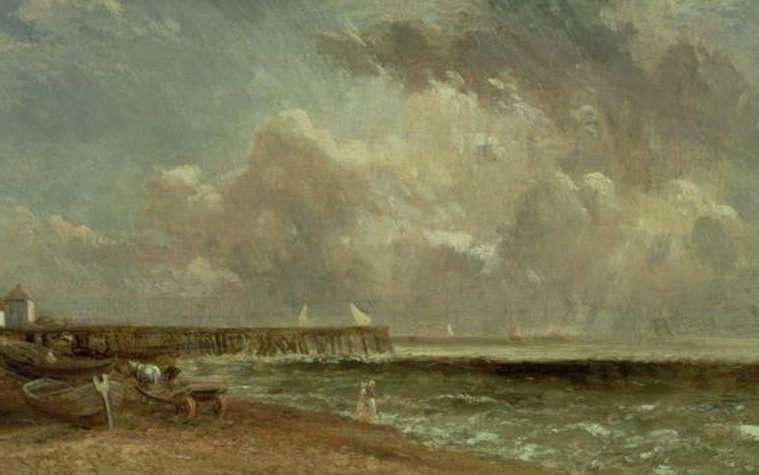
If you own a work by or after John Constable, and would like to know its value, our state-approved experts and auctioneers can offer you their expert appraisal services.
Our specialists will carry out a free appraisal of your work, and provide you with a precise estimate of its current market value.
Then, if you want to sell your work, we'll point you in the right direction to get the best possible price for it.
Rating and value of the artist John Constable
The artist John Constable left behind a body of work characteristic of Romantic painting, famous for his canvases and drawings. Prices for his works are now rising under auctioneers' gavels.
His paintings are particularly prized, especially by English buyers. The price at which they sell on the art market ranges from €10 to €24,852,000, a considerable range, but one that says a great deal about the value that can be attributed to Constable's works.
The Lock, an oil on canvas depicting a landscape sold for €24,852,000, its low estimate.
Order of value from a simple work to the most prestigious
Technique used | Results |
|---|---|
From €10 to €4,750 | |
Drawing - watercolor | From €90 to €655,445 |
Oil on canvas | From €10 to €24,852,000 |
Response in less than 24h
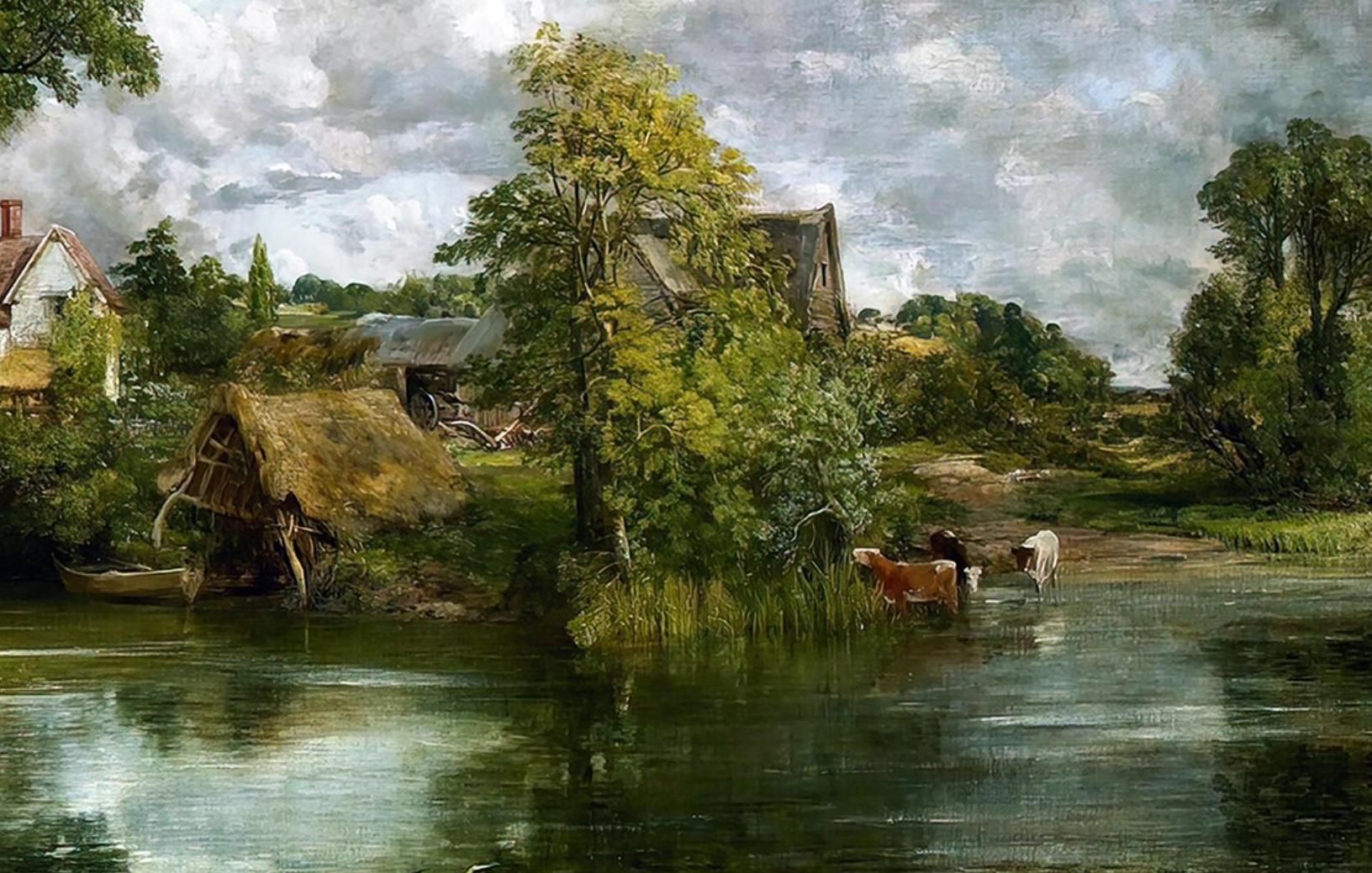
Style and technique of the artist John Constable
John Constable was a 19th-century painter of the Romantic movement.
He is particularly famous for his landscape and marine paintings, which depict war scenes as well as the everyday life of sailors in peacetime. He also produced engravings, drawings and oil paintings.
John Constable, father of English painting
John Constable (1776-1837) was an English painter born in East Bergohlt.
His family is very well-to-do, and the region where he lives is even called "Constable country". His father intended him to join the orders, but eventually asked him to take over the family business from his older brother.
In 1975, his father agreed to his moving to London to study at the Royal Academy. There he met Joseph Farington, who was to become his teacher for the rest of his career.
He was also influenced by Benjamin West, who advised him on the representation of light and shadow in painting. He studied the compositions of Turner, Rembrandt and Rubens.
He was greatly influenced by early Netherlandish paintings. From 1810 onwards, he exhibited his work at the Royal Academy on a fairly regular basis. Ten years later, he became an associate member of the Academy.
He moved to London in 1817, where he produced some very large-format works. The White Horse, one of his large-format works, won him election to the Royal Academy.
He uses the same procedure as Théodore Géricault, namely to elevate the genre scene to history painting (the highest category in the hierarchy of genres), through the dimensions of his painting.
The latter, along with Delacroix, took an interest in Constable's painting. His success in France also contributed to his fame in England.
His wife Maria died of tuberculosis after giving birth to seven children in 1828. Immediately afterwards, he made a series of bad investments that ruined him. He continued to paint throughout his life, however, and is today considered a major figure in English painting.
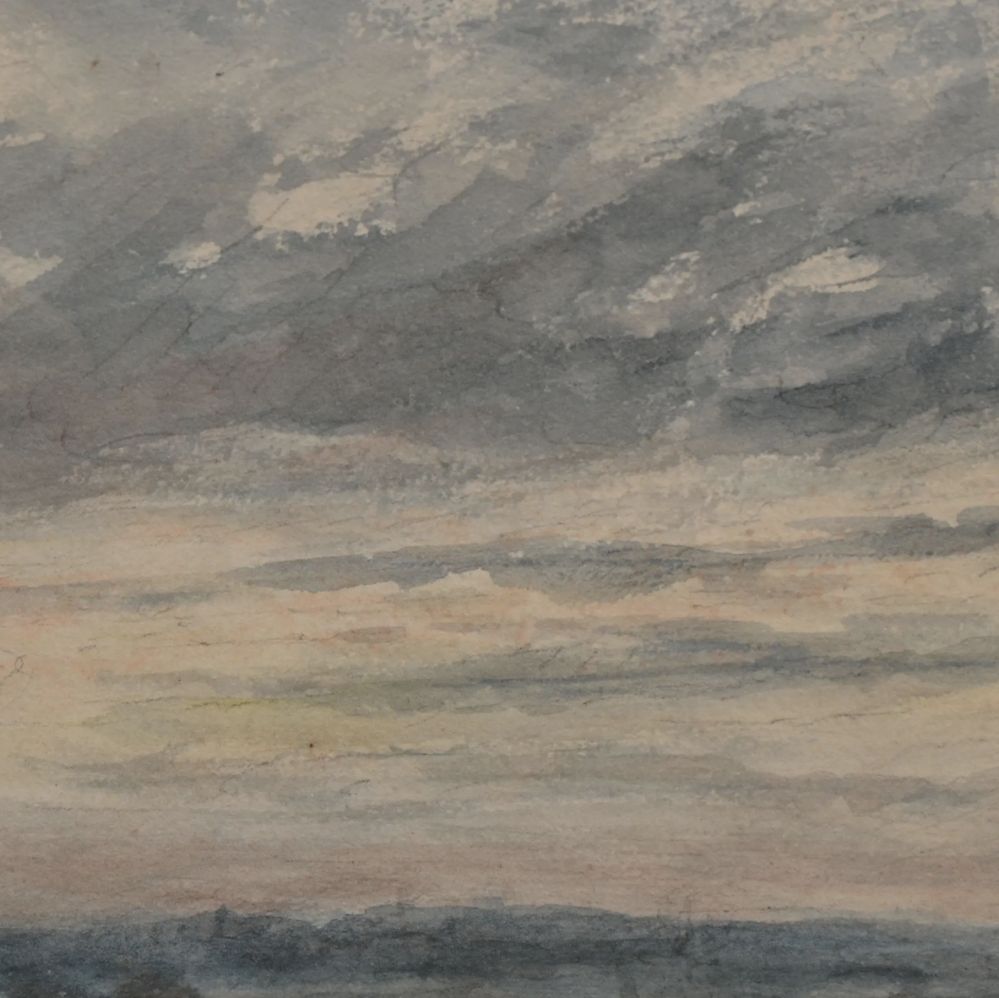

Marine paintings
Marine paintings, whether period or more contemporary, captivate with their ability to immortalize the grandeur of the oceans and the lives of sailors.
These works, often imbued with realism or romanticism, reflect not only scenes of navigation, storms or naval battles, but also moments of calm and serenity at sea.
Marine painters have captured the essence of maritime adventure, with canvases that evoke both the solitude of the sailor and the majesty of tall ships.
Owning a marine painting is not only a window onto a fascinating world, but also a piece of history, which, depending on the artist and the period, can be of great value.
Collectors and art lovers will find in these works timeless representations of the sea, where naval history and artistic expression intersect.
Whether your painting is by a renowned master or a lesser-known painter, a thorough appraisal is essential to assess its market value, and perhaps uncover a hidden treasure.
Understanding how your paintings are appraised
Paintings, whether antique or contemporary, are highly sought-after collector's items on the art market. Their value can often exceed owners' expectations, depending on a number of complex criteria that only a qualified expert can assess.
Auctions offer a unique opportunity to acquire authentic works of art, sometimes otherwise inaccessible, at prices potentially lower than those on the traditional market.
What's more, these auctions are an opportunity to expand a collection with rare pieces, backed by an expert appraisal that guarantees their authenticity and value.
Every week, paintings are put up for sale in auction houses such as Drouot, allowing buyers to see the works on display before making their choice.
Motivations for buying a painting at auction can vary, and include love at first sight, adding to a collection, decorative needs and investment.
The appraisal of a painting generally begins byidentifying the artist. If a name cannot be established with certainty, the painting can be attributed to a school or workshop.
Expressions such as "attributed to" or "in the taste of" are then used to indicate a probable link with a particular artist or style, but without absolute guarantee. If the artist remains unknown, the period of creation, as well as the artistic movement to which the work belongs, are essential for estimating its value.
The work's historical and artistic influence, its contribution to art history, and its recognition in museum circles are also crucial criteria.
The evaluation of a painting also includes its aesthetics and composition: balance of proportions, perspective, use of color, light and shadow.
These elements are subjective, but play a key role in understanding the painter's artistic approach and in assigning value to the work.
Technical aspects are also decisive. The technique used (oil, watercolor, charcoal, etc.) and the support (canvas, wood, paper) are elements that influence the description and enhancement of the painting.
Specific techniques such as impasto or sfumato can affect the conservation of the work, as can the frame, which, if it is period-appropriate and well executed, adds value to the whole.
The painting's state of preservation is another key factor. Restoration, alteration or wear due to storage conditions (humidity, excessive light) can diminish the work's value.
Poor restoration can irreparably alter the essence of the painting and therefore its value.
Finally, authenticity and provenance play a central role in the appraisal. The painting's traceability, the history of its owners and previous sales have a major influence on its value.
An authentic signature or royal provenance, for example, can multiply the value of a painting. Recent sales of famous collections such as those of Hubert de Givenchy or Alain Delon show just how these factors can lead to record auction prices.
In short, appraising a painting is a complex process that requires in-depth knowledge of the art, rigorous technical expertise, and careful attention to historical and aesthetic details to guarantee a fair and optimal valuation of the work on the art market.
John Constable deciphered by the National Gallery
Constable's imprint on his time
Constable painted landscape and marine scenes throughout his career, and his works are now held in museums and art collections around the world. He leaves behind an important legacy as a marine and landscape painter.
He influenced many artists after him, including Richard Parkes Bonnington, Eugène Louis Gillot, Eugène Isabey and Alfred Sisley.
Today, private collectors play a major role in preserving his work.
Recognizing the artist's signature
Not all the painter's works are signed. However, with or without a mention, it is important for you to have the work appraised to ensure its originality and to be able to date it. Of course, there are also copies.

Knowing the value of a work
If you happen to own a work by or after John Constable, don't hesitate to ask for a free valuation using the form on our website.
A member of our team of experts and certified auctioneers will contact you promptly to provide you with an estimate of the market value of your work, as well as any relevant information about it.
If you wish to sell your work of art, our specialists will also be on hand to help you sell it at the best possible price, taking into account market trends.
Response in less than 24h
Related topics
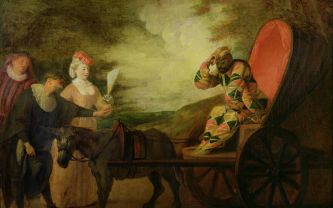
Rating and value of works, paintings by Jean Antoine Wattea...
Jean-Antoine Watteau was a founding painter of the Rococo movement, who produced many oil on canvas paintings, which are highly prized at auction. Estimated in 24h.
Read more >
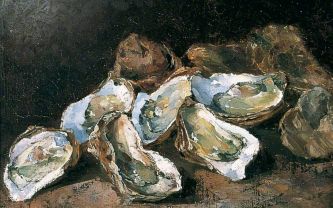
Rating and value of paintings by Théodule...
Théodule Ribot was a French realist painter of the 19th century, who produced works that are quoted and valued at auction.
Read more >

Cote et valeur des tableaux, dessins, peintures de Sophie Al...
Sophie Allart is a 19th-century artist whose oil paintings are currently unlisted on the auction market.
Read more >
Secure site, anonymity preserved
State-approved auctioneer and expert
Free, certified estimates
